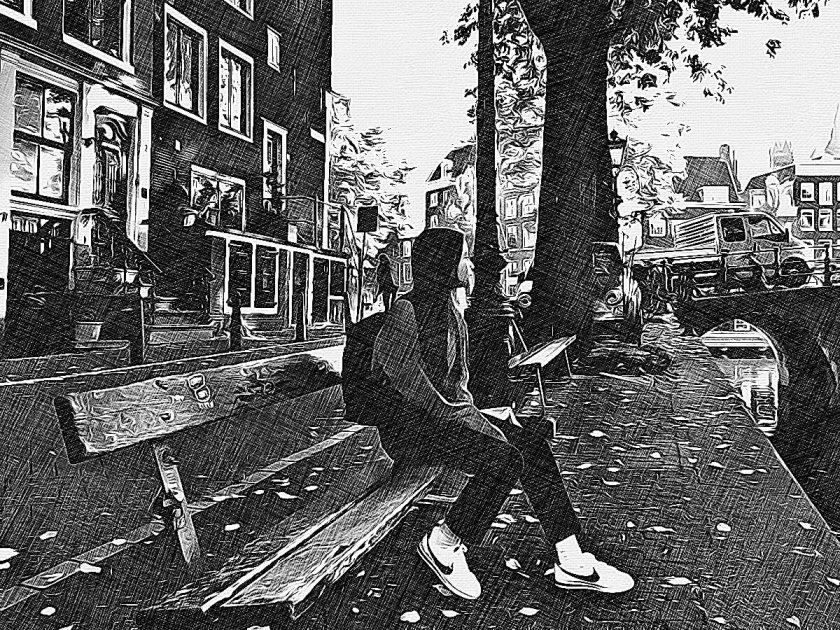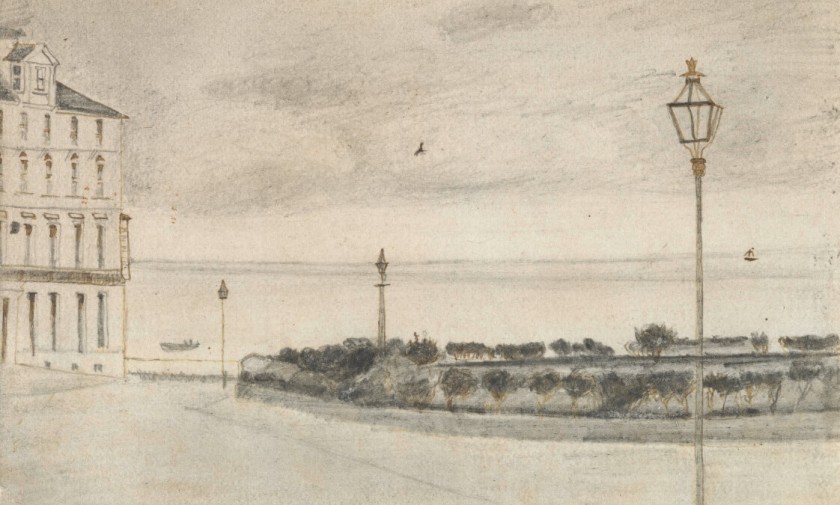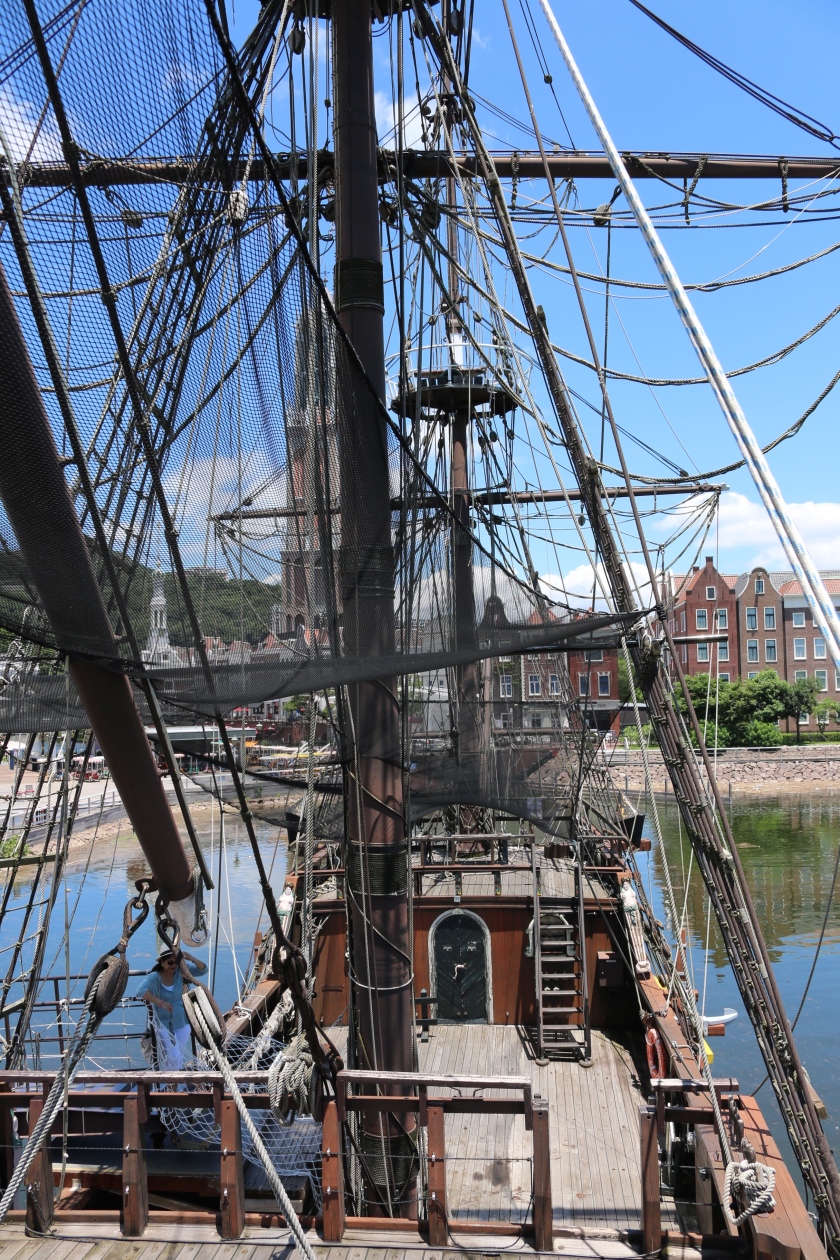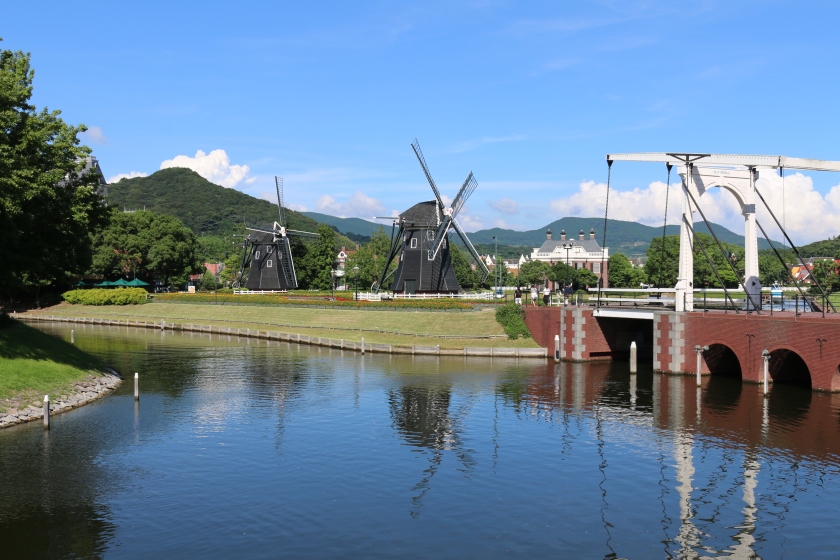
We were in Amsterdam in for a couple of days stopover in October. It is still one of my favourite cities although it is suffering from over-tourism like many of the world’s top destinations. When I first went to Amsterdam over 30 years ago it was possible to visit the Ann Frank House museum as a walk-in customer without queuing. Nowadays even the museum’s website gets overcrowded and the server will put you in an online queue just to buy tickets which have to be purchased well in advance in order to secure a slot.

Worse is still to come for tourism hotspots like Amsterdam, Venice, London, Barcelona and Paris. The Chinese, Indians and Indonesians have only just begun to take foreign holidays en-masse. When ten million Asians book a Spring break in Paris it’s going to get a bit crowded around the Eiffel Tower.
 Amsterdam is taking steps to prevent it being overrun by tourists, by banning Airbnb rentals in the busiest areas, diverting cruise ships and other measures. For now the city continues to retain its unique charm and culture and long may it last.
Amsterdam is taking steps to prevent it being overrun by tourists, by banning Airbnb rentals in the busiest areas, diverting cruise ships and other measures. For now the city continues to retain its unique charm and culture and long may it last.

My teenage daughter wanted to visit this bench which apparently played an important role in a film popular with her generation called The Fault In Our Stars. It looks like a regular bench apart from a lot of graffiti and a few of those love padlocks which no doubt have to be regularly removed.

Since we couldn’t get to see Ann Frank’s House we went to the Van Gogh Museum, which also requires advance online booking but I managed to get a slot in time. Visitor numbers are strictly controlled but it is still a bit of a melee in front of Van Gogh’s most famous paintings. Photography is banned throughout most of the museum otherwise you wouldn’t be able to move for selfie-sticks.
In the museum I learnt that Van Gogh spent some of his young adulthood in England, firstly in London in 1873 working at the London branch of Goupil, his uncle’s art gallery business, and later in 1876 in Ramsgate and Isleworth where, having had enough of art, he tried his hand at teaching.
In London he stayed in various boarding houses including this one at 87 Hackford Road, Brixton (the one with the blue plaque), the house of a teacher called Ursula Loyer. Van Gogh fell for Ursula’s daughter Eugenie and it is believed he proposed to her, unaware that she was already spoken for. This rejection seemingly weighed heavily on young Van Gogh, aged just 20, and he became reserved and withdrawn and may have prompted the beginning of his religious phase.

After a spell at the Paris branch of Goupil, he returned to England at age 23 where he found an assistant teacher position at a boarding school in Ramsgate. The school, run by Mr William Stokes, was at 6 Royal Road within site of the harbour. It was a bit of a Dickensian dump with rotting floors and windows and Stokes sent his pupils to bed without supper if they were noisy. He didn’t pay Van Gogh a salary but just paid for his board and lodging.
Van Gogh taught here in 1876. This is how it looks today. If you pan around you can see the same view that Vincent sketched here:

He lived in an attic room just a few doors away at 11 Spencer Square, Ramsgate, then a dilapidated block which also housed a few of the boarders. Looks better nowadays:
Soon after Van Gogh’s arrival Stokes moved the school to Isleworth, a suburb of London. Van Gogh was offered an extension of his contract but since he was not being paid anyway Van Gogh moved to a paid position in a better school, also in Isleworth, run by Rev Thomas Slade-Jones school. This is how the building looks today:
He was allowed to give sermons at a local church and run Sunday school lessons which was more in line with his passion for the Bible but his family were concerned that he was becoming too pious and after a visit to the family in Holland in December 1876 he did not return to England.

Van Gogh often illustrated his letters to his brother Theo with sketches in the margins such as this one showing nearby churches at Turnham Green and Petersham. I believe neither of these buildings survives today.

Luckily for art lovers Van Gogh was not a great success at either teaching or preaching and after his return from England he focussed on his drawing and painting career to leave us with pieces like this.

Vincent van Gogh, March 1882




















